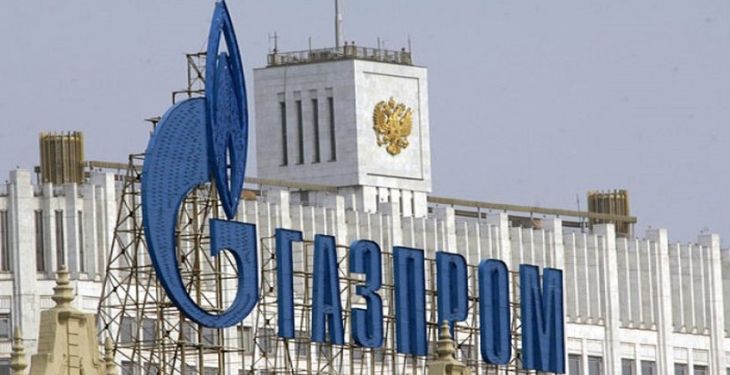Russia’s European gas exports have been going from strength to strength of late. Already holding more than a third of the European gas market after last year’s record-setting exports, Russia’s state-owned Gazprom is on pace to easily break that record this year.
However, the good times are unlikely to last very long as the company’s position in Europe will soon be challenged by rising flows of liquefied natural gas. How the company reacts to that challenge could have big implications for the European gas market and the price consumers have to pay.
The source of Gazprom’s anticipated discomfort will be rapidly growing LNG output over the next five years, primarily from Australia and the US, which should outstrip even strong growth in Asian demand.
The resulting wave of excess LNG is expected to head to Europe’s shores, drawn by the region’s huge gas market, the largest and most liquid available, and its surplus of LNG import capacity. Having already filled the large Asian market and a smattering of secondary markets such as the Middle East, by definition this excess LNG will have few alternative destinations, and thus will be difficult to price out of the market, according to Financial Times.
As the largest single provider of gas to Europe, and having traditionally played the role of market balancer in Europe, Gazprom will be the producer most directly affected by this sharp increase in competition.
However, with low marginal costs and significant excess production and export capacity, Gazprom is also the rare producer that does not necessarily have to be a price-taker in a commodity market. Rather, the company could materially influence European gas prices — and therefore the level of investment in Europe’s domestic gas production and Europe’s consumption of gas — with its strategic approach to market share.
Once the effects of the LNG glut begin to be felt, many observers expect that Gazprom will use its low marginal cost to engage in a “price war” to defend its share of the European gas market.
However, the math of trading price for volume is not as straightforward as one might think, particularly for players with large market shares.
For example, after factoring in Gazprom’s transit charges into the equation, to offset the gross revenue impact of a 25 per cent price cut, roughly the size of the reduction needed in order to begin challenging LNG coming from the US market, the company would need to increase volumes by 40 per cent. In the short run, such market share gains (or retention) are unlikely.
However, over periods of five or more years, an aggressive defence of the European market by Gazprom that lowered prices could eventually lead to substantial volume gains, not so much by chasing out the odd spot load of LNG, but rather by incentivising higher gas demand in Europe and further afield. It would also disincentivise investment in European gas production and the occasional greenfield LNG project. When push comes to shove, Gazprom will most likely continue to play the game conservatively, opting to maximise short-term revenues over going all out for volume.
Ronald Smith is a senior oil & gas analyst at Citi Research
